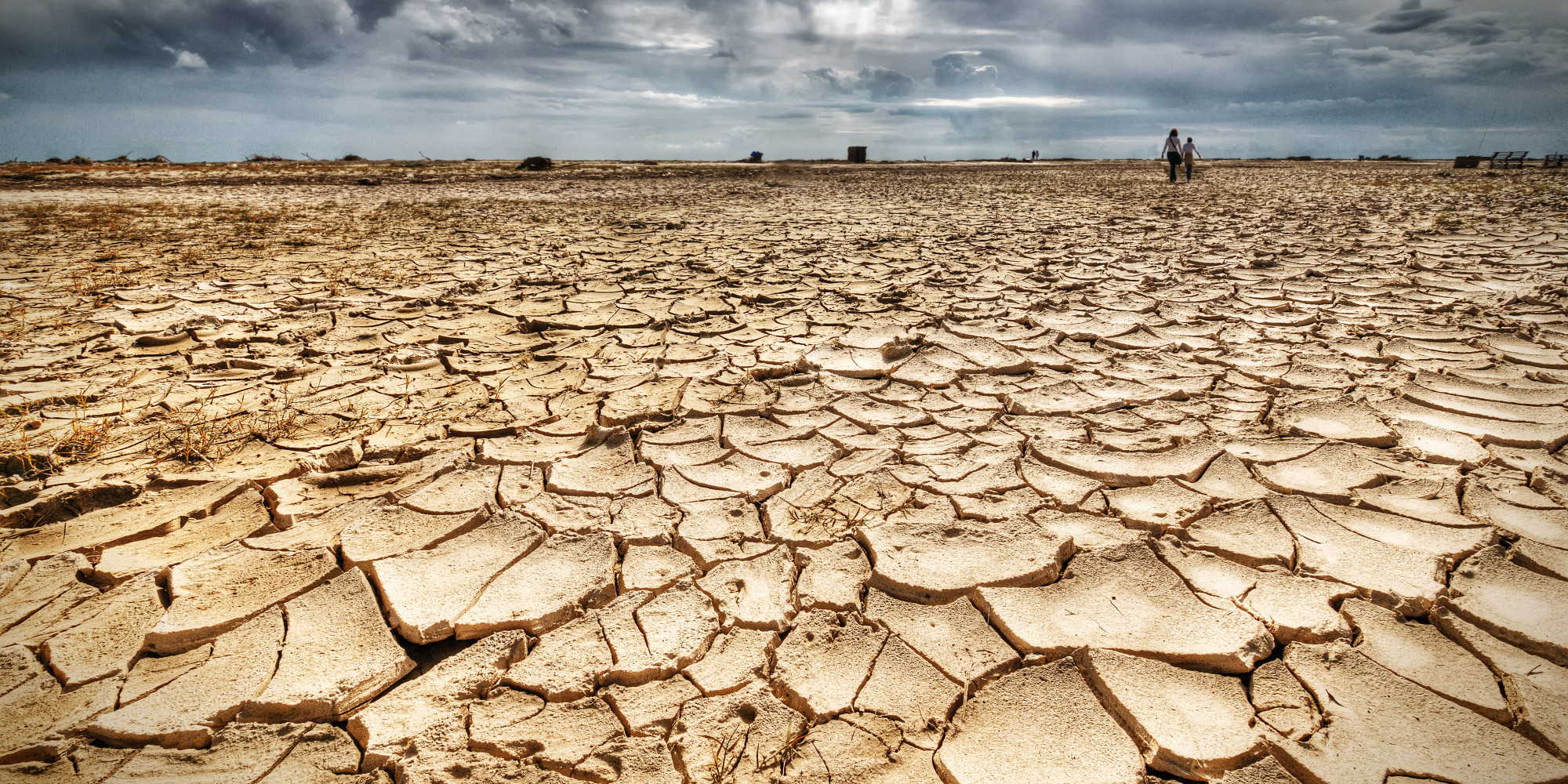When it comes to 3D printing, the sky is the limit. As 3D printing technology continues to advance, applications can be as far reaching as airplane and automobile parts to medical devices and even anatomically correct, biocompatible models. Although 3D printing technology is developing at a rapid pace, the technology itself is not new. It emerged in the 1980s as a means of creating rapid prototypes. In recent years the applications for 3D printed models have evolved with the available hardware, software, and printable materials. Evolving technology, paired with the creative and innovative minds of scientists, engineers, and physicians, has been the launching pad for developments within 3D printing technology specific to healthcare. One way 3D printing technology is poised to create better patient outcomes is in creating an anatomically and patient-specific models to aid in surgery and medical procedures. With the capability to 3D ...

To protect against drought, we often use rain barrels and reservoirs. Now, there’s powdered water.
A Mexican chemical engineer has developed a highly absorbent polymer, potassium polyacrylate, that looks like salt. It can soak up water to 500 times its original size. Ten grams can hold a liter of water. Once fully absorbed, the polymer transforms into a thick, translucent gel, reports PSFK.com.
The engineer, Sergio Jesus Rico Velasco, was inspired by the absorbent qualities of baby diapers. But he wanted to apply that ability to protect against drought in Mexico.
The water can stay in the gel for up to a year, the developers claim. The product, which is commercially available for about $25 per pound and called Solid Rain, will not evaporate or seep away, reports the Green Prophet.
How does it work? The Green Prophet explains further:
The incorporation of solid rain in the soil improves its structure and moisture holding capacity. This reduces leaching and improves water and nutrient availability to plants.
Once incorporated into the soil, the gel will stay in place until it is consumed by the plant roots. The developers claim that the gel is non-toxic. Mexican farmers have been using it for 12 years and have noted no long-term effects. The U.S. Food and Drug Administration has approved its use in the United States.

The Mexican government conducted a study to determine Solid Rain’s efficacy. The season-long study found that, on average, the gel increased crop yields by 300%. Oatmeal, for example, yielded 5,000 kg per hectacre with the product versus 2,500 kg without it. Sunflowers yielded 3,000 kg per hectacre with Solid Rain versus 1,000 kg without it. Beans yielded 3,000 kg versus 450 kg without the product.
The U.S. Midwest has been in drought conditions, putting stress on farmers, especially now that areas of the Ogallala Aquifer — an irrigation source of decades — have become depleted. With Solid Rain, less water is needed because less would evaporate, the developers claim. Further, periods between irrigation could be expanded. The product also could be used to minimize watering needs for lawns, gardens, and household plants.
Testing laboratories, such as Polymer Solutions Inc., could determine the properties of similar polymers through wet chemical analysis. The methods could test a range of consumer products, from pharmaceuticals to bioabsorbable materials.
Comments
Post a Comment